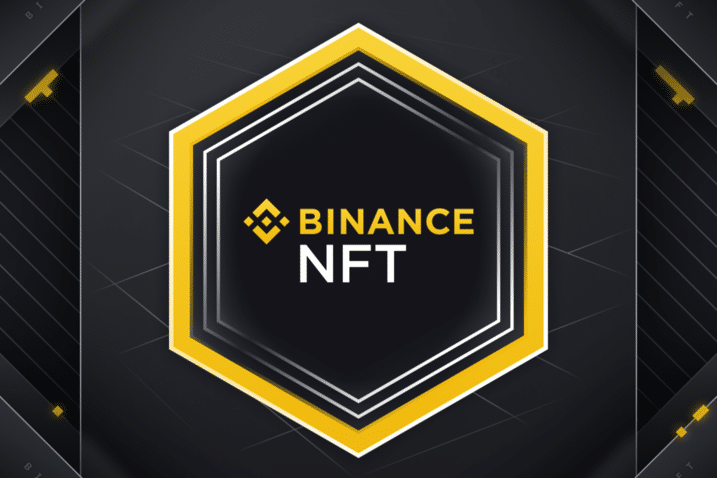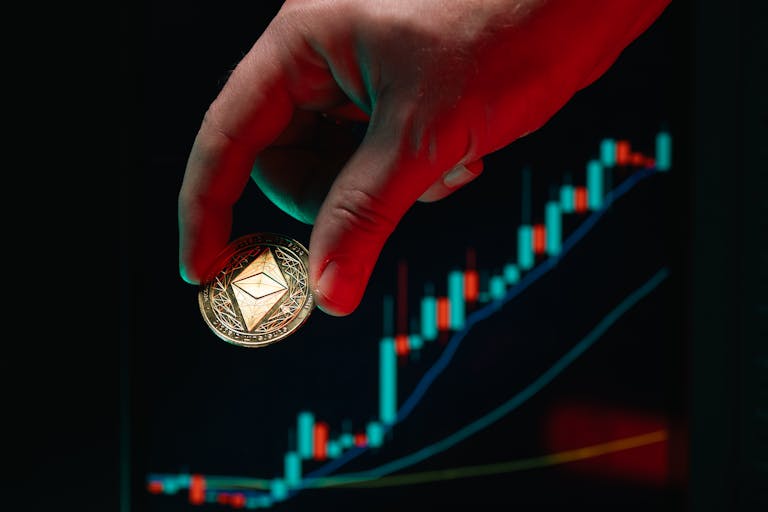Binance NFT Marketplace Review: A New Era for Digital Collectibles on a Crypto Giant
In the ever-expanding world of non-fungible tokens (NFTs), Binance, the world’s largest cryptocurrency exchange by trading volume, has made its mark with the launch of Binance NFT, a dedicated marketplace for buying, selling, and trading digital assets. As the NFT landscape continues to evolve, the platform’s entry has sparked both excitement and scrutiny. This article provides a comprehensive review of Binance NFT, examining its features, user experience, security, fees, and overall position in the market.
Introduction to Binance NFT
Binance NFT, launched in 2022, is part of the broader Binance ecosystem, leveraging the exchange’s infrastructure and user base. Built on the Binance Smart Chain (BSC), it aims to offer a seamless experience for crypto enthusiasts looking to engage with NFTs. Unlike Ethereum-based platforms, BSC’s lower gas fees and faster transaction times have positioned Binance NFT as an attractive option for price-sensitive users. However, its relatively recent entry into the NFT space means it still has ground to cover compared to established platforms like OpenSea or Foundation.
Key Features of Binance NFT
-
Integration with Binance Ecosystem:
Binance NFT benefits from the exchange’s massive user base, with easy access for Binance users to buy, sell, and trade NFTs. Integration with Binance’s wallet (Binance Chain Wallet) and staking features (e.g., staking BNB to earn rewards) creates a unified experience for existing users. -
Fractional NFTs:
One of the platform’s standout features is the ability to fractionalize NFTs, allowing users to buy and sell portions of high-value NFTs. This democratizes ownership and appeals to more casual investors. -
"Freeze" Feature:
Binance NFT offers a unique "Freeze" tool that lets users lock their NFTs for a set period, potentially increasing their value through scarcity. -
Diverse NFT Categories:
The marketplace features art, music, virtual real estate, metaverse assets, and more. It also hosts exclusive drops and collaborations with major brands and creators, such as football clubs, anime series, and digital artists. - Secondary Market:
Binance NFT supports secondary sales, enabling users to trade NFTs directly on the platform, though the trading volume and liquidity are still catching up to competitors.
User Experience: Simplicity and Accessibility
For Binance users, the NFT marketplace is a natural extension of the platform. The interface is intuitive, with filters for categories, price ranges, and trending collections. However, new users may find the onboarding process for NFTs (e.g., connecting a wallet, understanding gas fees) less straightforward compared to platforms like OpenSea, which are designed specifically for NFTs.
The platform’s mobile app and web interface are both functional, but the lack of advanced tools for creators (e.g., customizable minting templates) could be a downside for artists seeking greater creative control. Binance NFT also emphasizes community-driven features, such as voting on featured collections, which fosters engagement but may not match the curated experiences of other platforms.
Security: Trust in the Binance Brand
Binance has a reputation for robust security measures, including two-factor authentication (2FA), cold storage for funds, and regular audits. The NFT marketplace is built on BSC, which, while secure, has faced its own set of vulnerabilities compared to Ethereum. However, Binance’s track record in mitigating hacks (e.g., addressing past security incidents) adds a layer of trust.
That said, the NFT space is inherently risky, with scams and rug pulls common. Binance NFT has implemented fraud detection systems and user verification processes, but users are still advised to exercise caution and conduct due diligence before transactions.
Fees and Costs: Competitive Pricing
One of Binance NFT’s main selling points is its lower transaction costs compared to Ethereum-based platforms. BSC gas fees are significantly cheaper, making it appealing for users looking to avoid the high costs associated with Ethereum.
However, fees on Binance NFT are not entirely transparent. While the platform itself may not charge high fees, buyers and sellers must consider BSC gas fees, which can fluctuate based on network congestion. Additionally, Binance NFT charges a 1.5% fee on sales, which is competitive with other marketplaces but not the lowest in the industry.
Pros and Cons
Pros:
- Low Gas Fees: BSC’s efficiency makes transactions more affordable.
- Ecosystem Integration: Seamless access for Binance users, with staking and trading options.
- Fractional Ownership: Attracts a broader audience by lowering the barrier to entry.
- Exclusive Drops: Collaborations with high-profile brands and artists draw attention.
Cons:
- Limited Liquidity: Smaller user base and trading volume compared to OpenSea or Rarible.
- Niche Audience: Primarily appeals to Binance users and crypto natives, potentially excluding broader web3 adopters.
- Regulatory Risks: Amid Binance’s ongoing legal challenges, the platform’s stability and compliance are points of concern.
Comparison with Other NFT Marketplaces
While Binance NFT has advantages in cost and integration, it lags behind platforms like OpenSea in liquidity, diversity, and creator tools. OpenSea’s dominance is rooted in its Ethereum focus, vast collection of NFTs, and developer-friendly infrastructure. Rarible and Foundation, meanwhile, offer more creative flexibility for artists.
However, Binance NFT’s strengths lie in its crypto-native user base and the synergy with the Binance ecosystem. For users already familiar with Binance, it’s a convenient option. For others, it may require a deeper dive into the BSC ecosystem.
Community and Ecosystem
Binance NFT has attracted a growing community of traders and collectors, but it lacks the cultural cachet of platforms like OpenSea. The marketplace’s success depends on its ability to foster developer tools, creator partnerships, and long-term value propositions. It has also introduced NFT tournaments and contests, gifting NFTs to users, which helps drive engagement.
Challenges and Future Outlook
Despite its potential, Binance NFT faces hurdles. The regulatory environment for NFTs is still unclear in many regions, and Binance’s legal troubles (e.g., ongoing investigations in the U.S.) could impact the platform’s operations. Additionally, the NFT market is highly volatile, and Binance NFT’s performance may depend on its ability to adapt to shifting trends.
However, Binance’s resources and network effect give it a strong foundation. The platform has the potential to bridge the gap between traditional crypto users and the NFT space if it continues to innovate and expand its offerings.
Conclusion: Is Binance NFT Worth It?
For experienced Binance users looking for a cost-effective way to engage with NFTs, Binance NFT is a compelling choice. Its integration with the Binance ecosystem, fractionalization features, and lower fees make it accessible and efficient. However, newcomers or those prioritizing liquidity and diversity may still find better options elsewhere.
Ultimately, Binance NFT represents a bold step into the NFT market, combining the strengths of a major crypto exchange with the growing demand for digital collectibles. As the space matures, its success will hinge on user growth, security, and the ability to attract high-profile creators and projects. Whether it becomes a dominant force depends on how well it balances innovation with the evolving needs of the NFT community.
Final Verdict: A good choice for crypto veterans but a platform to watch for broader adoption and long-term viability.







